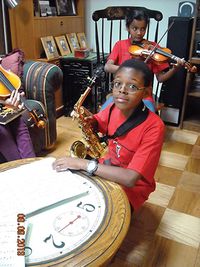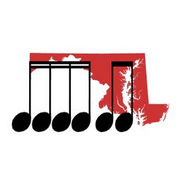3 Tips to Easily Sight Read Music

To be an excellent musician, one must strive for constant growth. The ability to sight read music is just one component of this. Knowing how to sight read can enhance your skills and open you up to more challenging opportunities within the world of music. The instructors at Suzuki Music School of Maryland in Columbia share a few tips for easily sight reading music.
3 Ways to Help You Quickly Sight Read Music
1. Know Your Key Signatures
Sets of sharps and flats make up key signatures. There are 15 key signatures and 12 keys. Having a good understanding of these formations will let you anticipate changes in music you’re unfamiliar with. All key signatures will appear immediately after the clefs on the left margin.
2. Try to Sight Read Different Types of Music
 While you can’t anticipate the exact piece you’re going to get, you can prepare yourself by practicing with different types of music. Take unfamiliar pieces from a few different genres and read them as you normally would. Some similarities will carry over from piece to piece. Familiarizing yourself with these similarities will prepare you for anything.
While you can’t anticipate the exact piece you’re going to get, you can prepare yourself by practicing with different types of music. Take unfamiliar pieces from a few different genres and read them as you normally would. Some similarities will carry over from piece to piece. Familiarizing yourself with these similarities will prepare you for anything.
3. Learn Rhythms
Much like key signatures, knowing a variety of rhythms will let you sight read music more efficiently. Repeating rhythms serve as sort of a road map when you’re reading unfamiliar music, which will help you fill in the gaps. Although each piece has a unique structure, understanding the common rhythms will prepare you for anything.
Suzuki Music School of Maryland believes that an excellent music education has a positive impact on people’s lives. They have been instructing students for more than three decades in music education programs and to more easily sight read music. For more information on registering your child or yourself for instrument or vocal lessons, classes, or other programs, including our summer music camps call (410) 964-1983. Visit them online to access registration forms and fees.
About the Business
Have a question? Ask the experts!
Send your question

